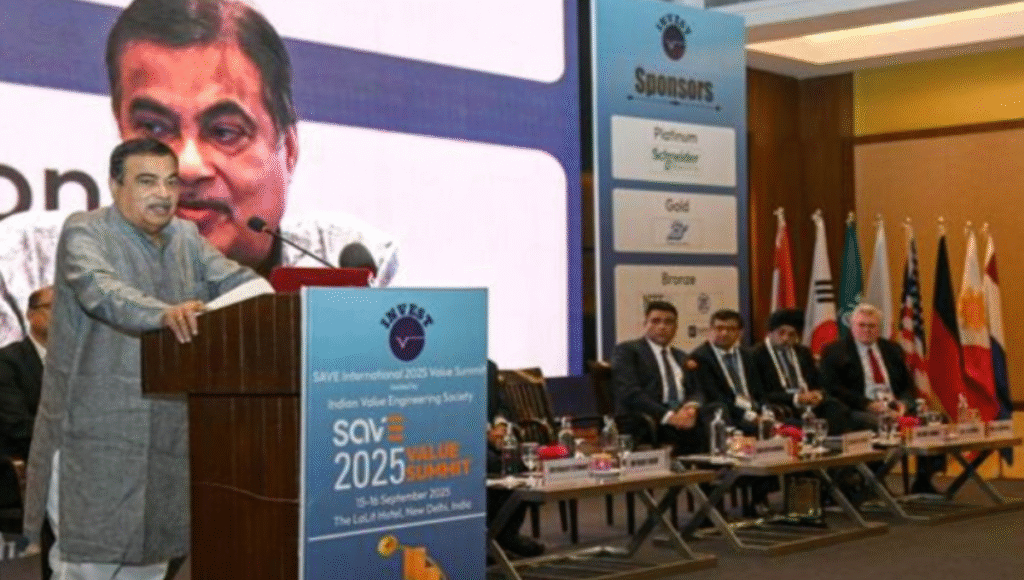
India Races Ahead Becomes World’s 3rd Largest Auto Market and Sets Sights on No. 1 Spot
The Indian automobile industry has just shifted gears in a way that the world cannot ignore. Union Minister for Road Transport and Highways, Nitin Gadkari, announced that India has officially overtaken Japan to become the third-largest automobile market in the world. And that’s not the final destination—India is now driving with full force toward becoming the world’s No. 1 auto manufacturer within the next five years.
This bold vision is backed by more than just words. India’s auto sector is booming, powered by exports, clean mobility innovations, and massive infrastructure upgrades that are changing the way people travel and businesses operate.
From Local Assembly to Global Exports
India’s transformation in the automobile sector is not limited to domestic sales. Gadkari highlighted that almost every leading global auto brand is now present in India, and the focus has shifted from mere assembly to large-scale exports from India to global markets. A striking example comes from India’s two-wheeler industry, which now exports more than half of its production—a milestone that showcases India’s expanding global footprint in mobility.
Leading the Green Mobility Revolution
What makes India’s rise even more remarkable is its commitment to sustainable transportation. Gadkari emphasized the country’s ambitious green mobility drive, which is being built on the foundation of electric vehicles, hydrogen-powered trucks, and alternative fuels like isobutanol and bio-bitumen.
Hydrogen projects are already being tested across ten routes, and big players like Tata Motors, Ashok Leyland, Reliance, and Indian Oil are actively driving the clean energy transition. To accelerate this momentum, the government has allocated ₹600 crore in grants for hydrogen infrastructure, making India one of the few nations ready to lead this next phase of mobility innovation.
Roads That Redefine Connectivity
It’s not just vehicles that are changing—the roads beneath them are too. India now has the second-largest road network in the world, and landmark projects are dramatically reducing travel times. For instance, the Panipat to Delhi Airport journey, which once took three hours, now takes only 35 minutes.
New expressways such as the Chennai–Bengaluru corridor and the ₹23,000 crore Bengaluru Ring Road are set to make travel even smoother. This combination of better vehicles and smarter infrastructure is turning India into a true hub for mobility and logistics.
Sustainability on the Roads
India’s auto growth story is also being written with sustainability at its core. Gadkari revealed that over 80 lakh tonnes of waste from the Ghazipur landfill has been used in road construction, reducing the landfill’s height by seven meters. Bio-bitumen made from rice straw is also being tested as a cleaner, more effective alternative to petroleum-based road materials—offering both environmental and practical benefits while helping reduce stubble burning.
A Call for Global Partnerships
While India has resources, strong revenues, and the determination to lead, Gadkari emphasized the importance of global collaboration. He invited international players to partner with India in precast road construction, tunnel engineering, hydrogen transport systems, and circular economy solutions. With innovation and cooperation, he believes India’s vision of becoming the world’s largest automobile market is within reach.
Conclusion
India’s auto journey has entered its most exciting phase yet. From overtaking Japan to eyeing the global top spot, the nation is blending innovation, sustainability, and infrastructure growth into one powerful story of transformation. With clean mobility at its core and global partnerships on the horizon, India is not just driving into the future—it is steering the world toward it.
Disclaimer: This article is based on the latest updates and announcements from Union Minister Nitin Gadkari regarding India’s automobile sector. The details reflect current government statements and industry insights as of September 2025.






